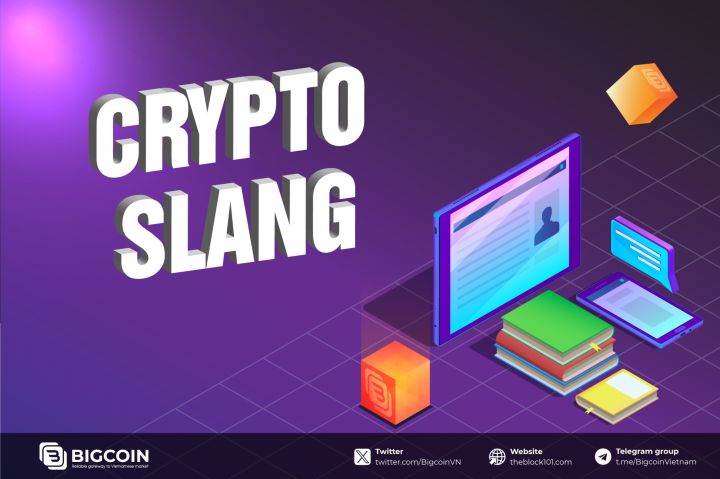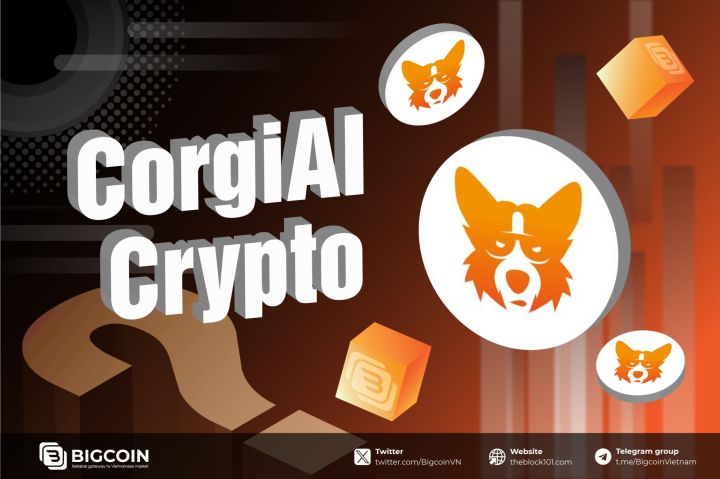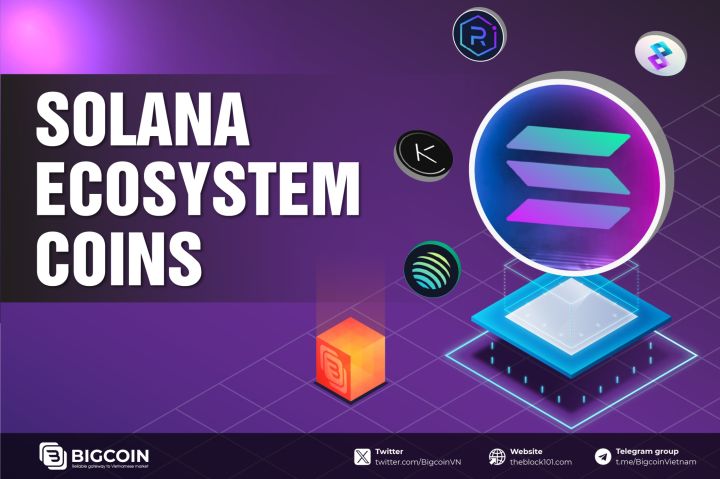1.What is Web3?

Web3 is the next phase of the internet, built on blockchain networks like Ethereum, Solana, and Sui. It gives users control over their data, digital assets, and online interactions through key features like decentralization, ownership, interoperability, and tokenization. Instead of relying on centralized entities, Web3 applications (dApps) operate on smart contracts, allowing users to interact directly without intermediaries.
2.Decentralized Finance (DeFi): Aave
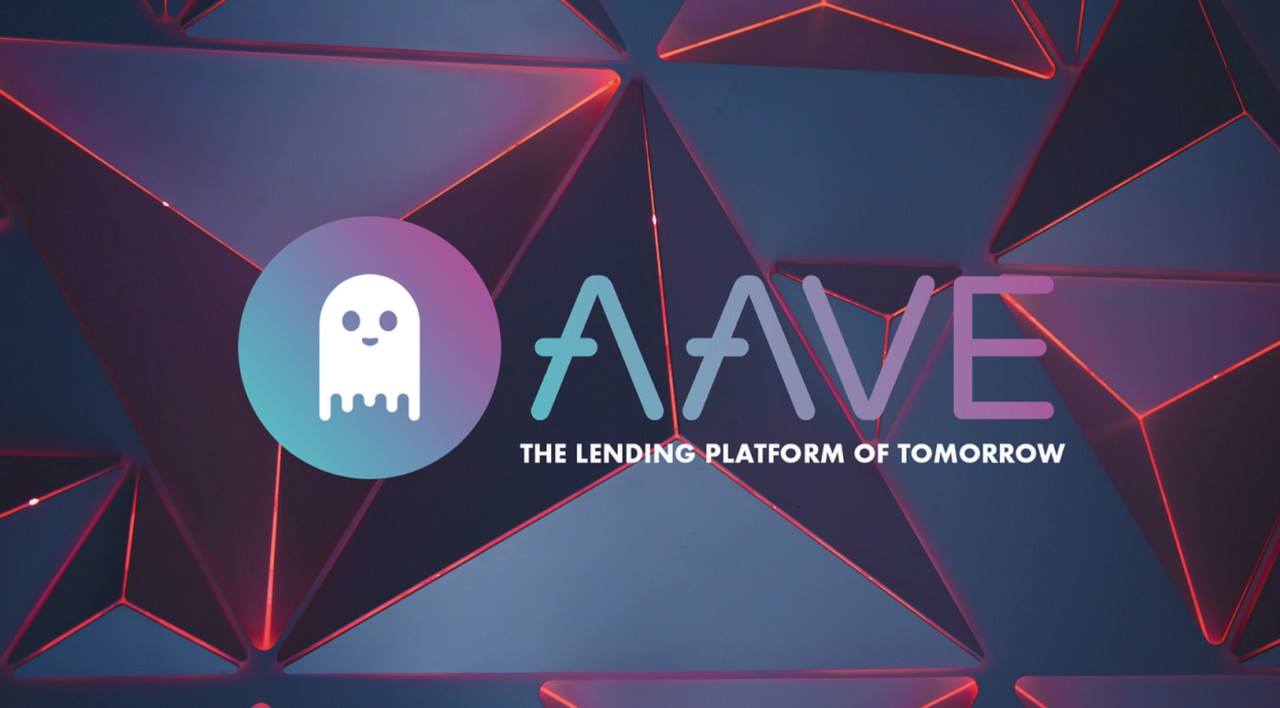
Aave is a leading decentralized finance (DeFi) platform that enables users to lend, borrow, and earn interest on cryptocurrencies without banks. Built on Ethereum and other blockchains like Polygon, it uses smart contracts to facilitate secure and transparent transactions. Users can deposit assets into liquidity pools to earn interest or borrow against their holdings. Flash loans, an innovation unique to Web3, allow users to borrow funds without collateral, provided the loan is repaid within the same transaction. As of March 2025, Aave has over 500,000 active users and more than $10 billion in total value locked (TVL). By removing barriers to financial services, Aave empowers underbanked communities and showcases Web3’s potential for financial inclusion.
3.NFT Marketplaces: Sui NFT Marketplace
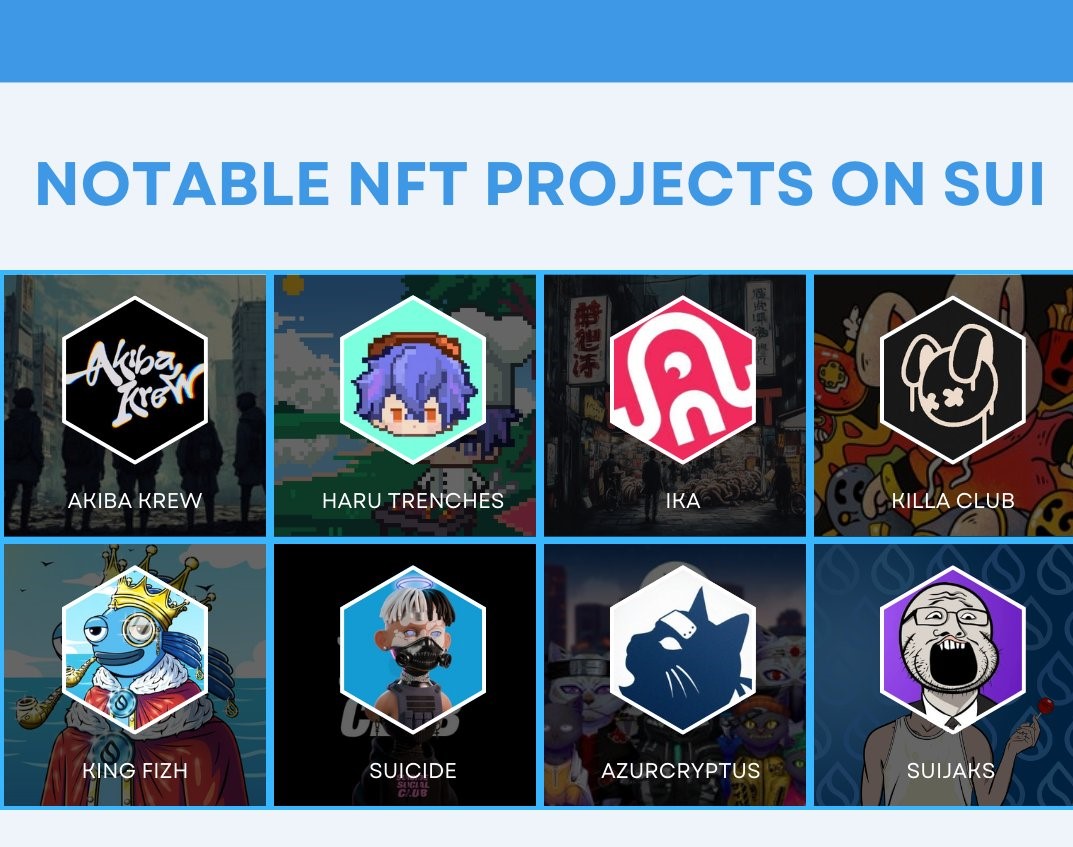
The Sui NFT Marketplace, built on the Sui blockchain, provides a fast and low-cost platform for creating and trading NFTs. Marketplaces like BlueMove and Clutchy offer transaction fees as low as $0.005 and near-instant finality, making NFT trading more efficient. Popular collections such as SuiPunks and Cosmocadia have gained traction, with some rare NFTs selling for over 300 SUI ($600 at $2/SUI). Artists and creators worldwide are using Sui’s infrastructure to launch NFT collections, enabling them to monetize digital assets in ways not possible in Web2. The platform also supports dynamic NFTs, allowing game assets and virtual items to evolve over time, expanding the use cases of blockchain-based ownership.
4.Decentralized Social Media: Lens Protocol
.png)
Lens Protocol is a Web3 social networking platform on Polygon that gives users full control over their profiles, content, and followers. Unlike traditional platforms where data is owned by corporations, Lens enables users to store their social identities as NFTs, making them portable across different applications.
Creators can monetize their content directly through tipping, subscriptions, or NFT sales without relying on centralized platforms. By March 2025, Lens has surpassed 300,000 users, with over 1.5 million posts minted as NFTs. It provides a censorship-resistant alternative to traditional social media, where users maintain control of their digital presence while benefiting from decentralized monetization models.
5. Play-to-Earn Gaming: Axie Infinity
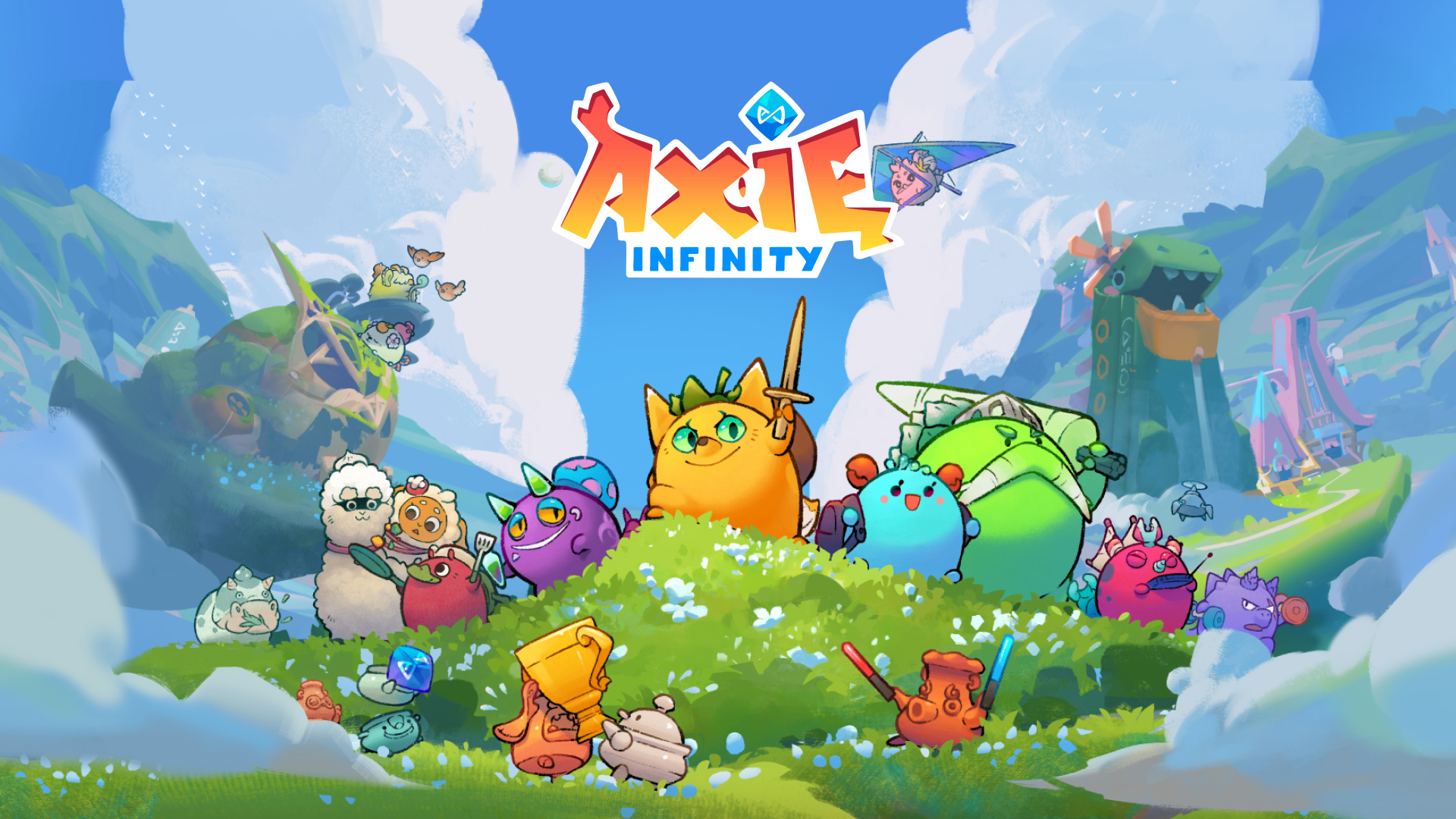
Axie Infinity is a blockchain-based play-to-earn (P2E) game that allows players to breed, battle, and trade Axies—digital creatures stored as NFTs. Players earn Smooth Love Potion (SLP) tokens, which have real-world value and can be traded on exchanges.
At its peak, Axie Infinity provided full-time income opportunities, particularly in the Philippines, where some players earned $500–$1,000 monthly. Despite market fluctuations, the game still has over 400,000 active players as of March 2025. New features like land-based gameplay and NFT staking continue to enhance the gaming experience, demonstrating Web3’s ability to create economic opportunities for players worldwide.
6. Decentralized Identity: SpruceID

SpruceID is a Web3 identity solution that enables users to control their personal data through decentralized identifiers (DIDs) and verifiable credentials. Instead of relying on centralized login systems, users can authenticate their identities in dApps without exposing sensitive information.
For example, a user can verify their age to access certain services without revealing personal details. SpruceID integrates with blockchains like Ethereum and Tezos and has been adopted by over 50 dApps. This decentralized approach enhances privacy and security, reducing dependence on corporations that monetize user data.
7. Supply Chain Transparency: VeChain

VeChain uses blockchain technology to improve supply chain transparency and authenticity verification. Companies like Louis Vuitton use VeChain to issue NFT-based certificates of authenticity, helping consumers verify the origins of luxury goods. Walmart China has also implemented VeChain’s solutions to track food products from production to retail, ensuring quality and safety.
The platform’s dual-token system (VET and VTHO) facilitates efficient transactions, with over 2 million recorded supply chain processes by March 2025. VeChain’s ability to combat counterfeiting and enhance traceability highlights how Web3 can improve real-world industries.
8. Decentralized Storage: Filecoin

Filecoin is a decentralized storage network that provides an alternative to traditional cloud storage services like Google Drive and Dropbox. Built on the InterPlanetary File System (IPFS), it allows users to rent out unused storage space in exchange for FIL tokens. Storing 1TB of data on Filecoin costs significantly less than centralized providers, making it a cost-effective and censorship-resistant option. By March 2025, Filecoin has over 4,000 active storage providers and 1.5 exabytes of data stored. Many NFT projects use Filecoin to store metadata securely, preventing issues where digital assets disappear if a centralized server goes offline.
Conclusion
Web3 is no longer just a theoretical concept—it is actively transforming industries by offering decentralized, user-owned alternatives to traditional online services. From finance to gaming, social networking to supply chain management, Web3 applications are reshaping how we interact, create, and transact online. As adoption continues to grow, these innovations pave the way for a more transparent, equitable, and user-controlled digital future. Whether you're an investor, creator, or everyday user, Web3 offers new opportunities to participate in an internet built on decentralization and empowerment.
Read more:

 English
English Tiếng Việt
Tiếng Việt.png)



